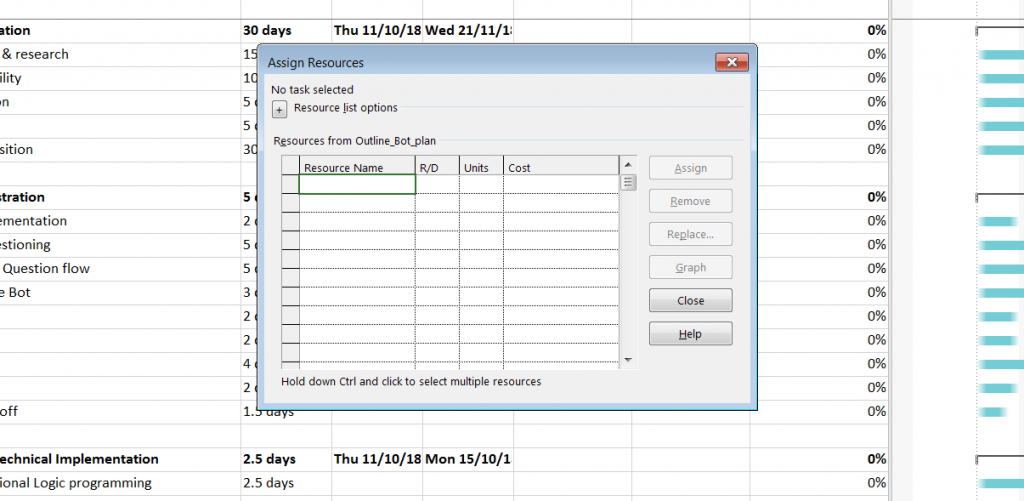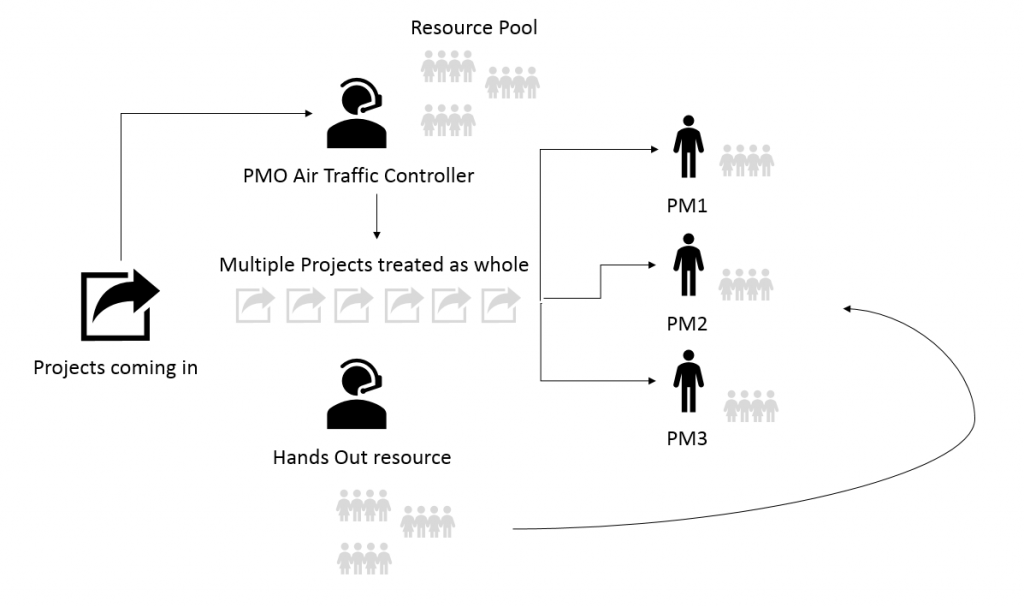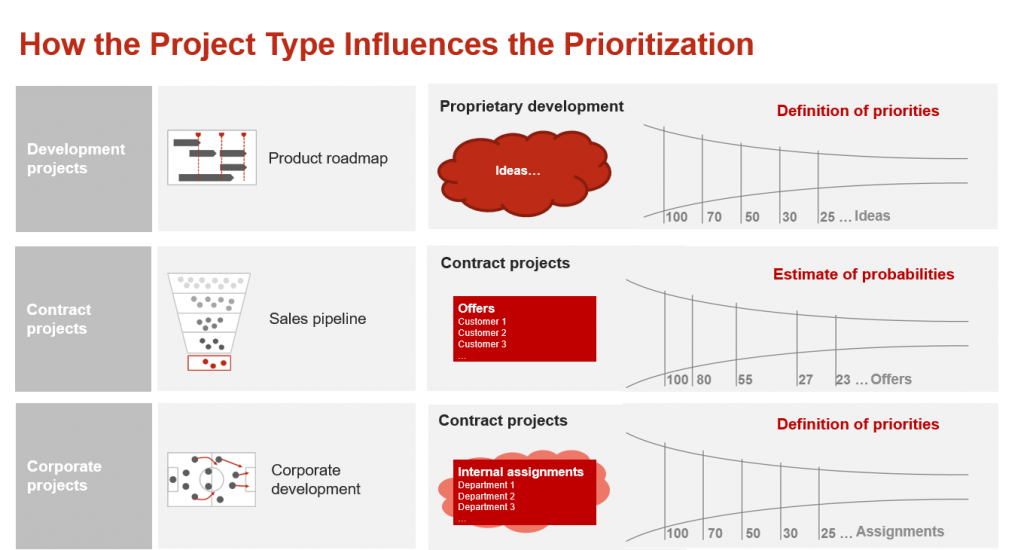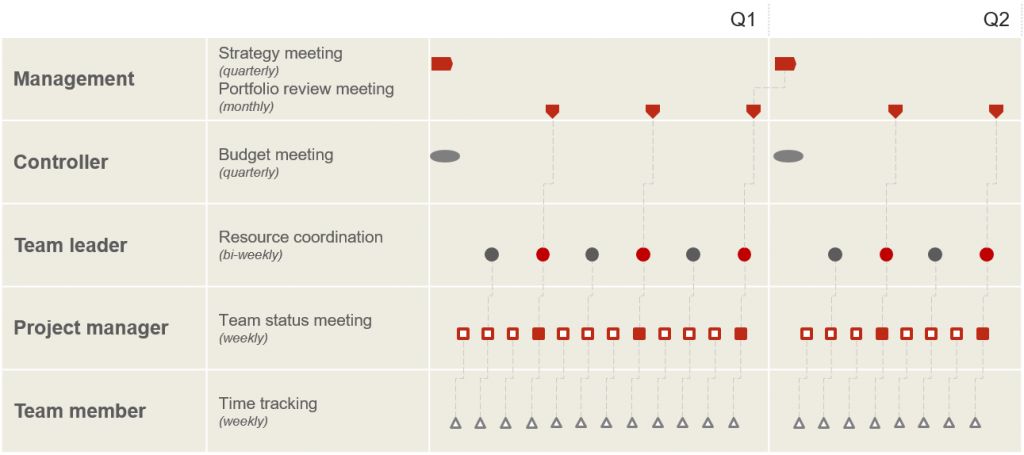General Project Management Tips
Project Management – General tips
One of the things about running projects is you ultimately have to be a solid communicator. It’s just something you can’t avoid. I’ve watched from the wayside for years PM’s who don’t possess this skill only to be powerless and get swallowed up by the team. And being frank, it’s not a skill I always had either, so I talk from experience here.
OWN YOUR SHIT.
To own the room and be confident, several things must happen. You need to understand to enough detail every facet of the project. If there’s any areas you are weak on, people will sense this and you’ll be called out. So if there’s an area of the project you are not sure about, then get the respective work lead to go through it with you, multiple times, until you understand. I’ve been so guilty of not doing this in the past. I’m not saying you need to be entirely fluent in every area of a large technology project (and I have an advantage because I’m technical), but if you don’t know enough of the core principles I just can’t see how you can manage it effectively or be useful.
People do and will, use the PM as a scape goat and the larger the company, or the more complex the project, the more likely this will happen.
Resource Planning.
So, with the above in mind, I’m wanting to detail out the often mis-understood and often highly complex art of resource management in IT & software projects. Here are some of the things I consider, and maybe this will be useful to you as a guide.
Checklist.
The first thing I do is get myself a big ol’ pad & pen (yes even I, the self proclaimed Technology lord, goes old school occasionally) and I list out every component I need to think about;
- Time
- Money
- Team
- Equipment
- Space
- Miscellaneous
A very IMPORTANT TIP – (the ones in red above are the ones I always never planned for at the early part of my career) so for IT & Software projects, plan your equipment as a resource and think about space too! The amount of times I see projects get de-railed because half way through outsourced contractors get brought in to write some code and low & behold, no one’s planned the laptop purchasing. Who is to blame? Yeah, you guessed it, you! Same goes for software licenses. Don’t have your fresh new Developr start on Monday only to realise you don’t have enough licenses to fulfil his software need. And more often than not, (and this has happened to me) you budget for 34 developers to turn up to start mid-week, but forget to find an office space for them. And desks. And software. And electrics. Don’t think it’s obvious, it’s not. Not when you’re focused on Time and money only!
So now you’ve got your overarching checklist, you can start planning resource need.
The Planning of Resource
You’ll have hopefully already read the blog post on Using Microsoft Project, and you’ve started building out your Gantt and it’s here you want to be as detailed as possible. If it’s a software development project then you need to build out your sprint windows and include all important time for testing, re-work and re-builds. Don’t forget to plan for sign off too.
Don’t be too fat.

I use the term ‘fat’ to describe additional time you put into a project for error-allowance. Basically contingency. The problem with this is most people often estimate effort needed on tasks by also adding their own contingency. Then the project lead or stakeholder will also add contingency to the deadline, meaning you’ve got three layers of fat skewing the true timeline. SO SET THE RULE TO WHO IS ADDING FAT. I suggest this is the PM. Ensure you explain to everyone you’re seeking estimates off that you will add contingency and they should estimate based on true time. They need to trust you will add reasonable contingency where nesscary only.
QUICK PROJECT TIP
The quicker you get all your resource listed in MS Project, with day rates, or cost per day metrics, availability & schedules, the quicker you’ll be able to leverage Project’s in-built resource workload planning tools. This is tough because most in house PM’s will be managing multiple projects with the same work team resource, so you’re not always starting fresh, but understand without taking time out here to fill in the data, you may as well not be using Microsoft Project, and maybe you should consider a more lightweight resource planning tool such as Float.

Air Traffic Control
Now here’s an innovative solution to the problem of work resource planning, and something a lot of digital agencies adopt, but it’s entirely alien to a lot of companies. Have a PM acting as to what is in effect, an Air Traffic Controller (often this is someone who sits in a PMO function). By taking a global view of the projects coming into the business as a whole (maybe you have an entire Transformation programme to handle) the single purpose of that PM is to assign blocks of resource to projects based on business need, before passing that onto a PM to manage that particular project.
This way of working becomes invaluable the more you have on the backlog. But it can work if you use a system such as Float, or something more bespoke like a proprietary work picker tool. Think about how you can best manage resource, if they are being pulled between several projects (and sometimes several PM’s) at a time. Get a handle on it. Sometimes it’s better to wrap all the projects up into one so you can at least plan resource in a more linear fashion.

The competition for resource
There is not an easy answer to the problem of competing for resource. Humans always get in the way and you’ll always be in a position as a PM whereby you’re having to compete for the same resource (especially if you’re not rocking the Air Traffic Control model above, designed to eliminate this issue) but you can consider prioritisation and co-ordination processes to help alleviate issues around resource conflict.
To design these processes well, consider what type of project you are dealing with
Credit; Image from ‘theprojectgroup.com’

You’ll always struggle to have planning reliability if Team leaders are always confronted with new resource requirements daily and are expected to react to them quickly.
As a PM you’ll never know if promises will be kept or a project with a higher priority will take precedence overnight – this often happens for me

A good and well planted PMO will always be chairing meetings to advise the business on upcoming projects, conflicting priority and that team status meetings are often run to get a true feeling of what’s happening on the ground. If you don’t have a PMO but find yourself in this position, then you may need to step up and do this too – especially if you’re being expected to handle multiple complex projects at the same time.
SUMMARY
If you’re a PM responsible for a whole change programme of work, but managing the same resource pool and have a team leader or LM who is constantly under pressure to deliver based on ever changing priority, then you as the PM are going to either need structured PMO programme planning assistance or do it yourself.
Take each project and wrap it up into one large project, to start to get business stakeholders to think about all of them as a whole. This is going to give you an easier time when it comes to resource management.
Use low-weight tools such as Float to manage resource from 35,000ft and have regular status meetings with all your resource to discuss all of your projects. You won’t manage this type of situation any other way.
If you’re micro-managing each project as a separate thing, you’ll most likely fail as the business fails to understand total programme management as a concept.
Visit my Download page for some awesome templates I’ve pulled in from across the net (Credit applys)




